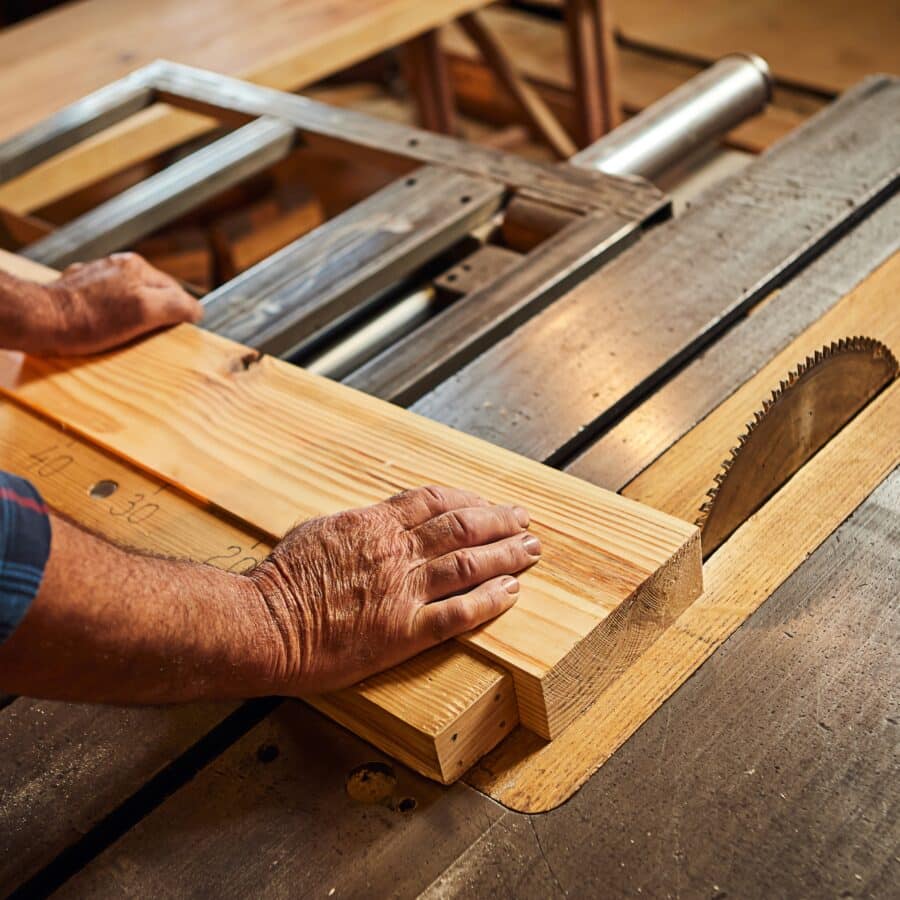A recent Wall Street Journal article reports that following consistent and continued cases of injuries involving table and bench saws, the head of the Consumer Product Safety Commission (CPSC) intends to “consider tougher standards” in the near future. The report explains that, despite objections from major manufacturers, the CPSC believes efforts aimed at reducing the high rate of injuries caused by table and bench saws is in the best interests of the public, including tens of thousands of people they say are injured each year while using table and bench saws.
Currently, around 40,000 people a year are injured using table saws, with about 4,000 of those requiring amputation surgeries, according to the Wall Street Journal. The article reports that just a decade ago, table saws produced only 32,000 injuries a year. With the economic downturn, more people are completing home repairs and improvements themselves, leading to a higher incidence of injuries, primarily with table saws. According to the Wall Street Journal, over three quarters of all reported table saw injuries occur at home, making them a primary target for CPSC intervention.
The article reports that saw manufacturers are resisting new technology called “SawStop,” which they feel would make their products too costly. The WSJ reported that following a meeting between CPSC Chairman Inez Tenenbaum, the National Consumers League and SawStop, Tenenbaum spoke out on the future of table saw regulations. She was quoted as saying “I have reached out to the industry, but I am prepared to support the start of federal rule making if that is what is needed to prevent these life-altering injuries.”
Finding a solution may be difficult because of so many differing opinions and competing interests. The article reports that the National Consumers League does not support SawStop, but would like to see technology capable of shutting off the blade on a table saw as soon as it contacts a finger. The WSJ also said that the current protective technology on table saws is flimsy, causing a number of users to remove it because it interferes in the cutting process.
Multiple flesh detecting technologies have been purposed to major manufacturers in recent years, but manufactures have not embraced these technologies due to the hefty cost. The use of flesh-detecting technology could have lessened the impact of numerous accidents with table saws over the past few decades that this technology has been available..
According to a report issued by the Associated Press in May, 2011, about 10 people lose a finger or mangle their hands in table saw accidents every day. Despite the fact that there have been hundreds of lawsuits filed against various saw manufacturers, here is not yet a consensus on new standards that will make table saws more safe to use.
If you or a loved one has experienced a serious injury related to the use of a table or bench saw, contact Newsome Law Firm and fill out a case evaluation form today. Our team of attorneys has experience specific to complications associated with defective and dangerous products. Not only can they give you the legal guidance you need, they can help you get the compensation you deserve.
References:
Trottman, Melanie. (May 26, 2011) “CSPC Head to Weigh New Table-Saw Rules.” Retrieved on June 6, 2011 from the Wall Street Journal.
Associated Press. (May 26, 2011) “New Rules for table saws sought to cut amputations.” Retrieved on June 6, 2011 from CBS.


